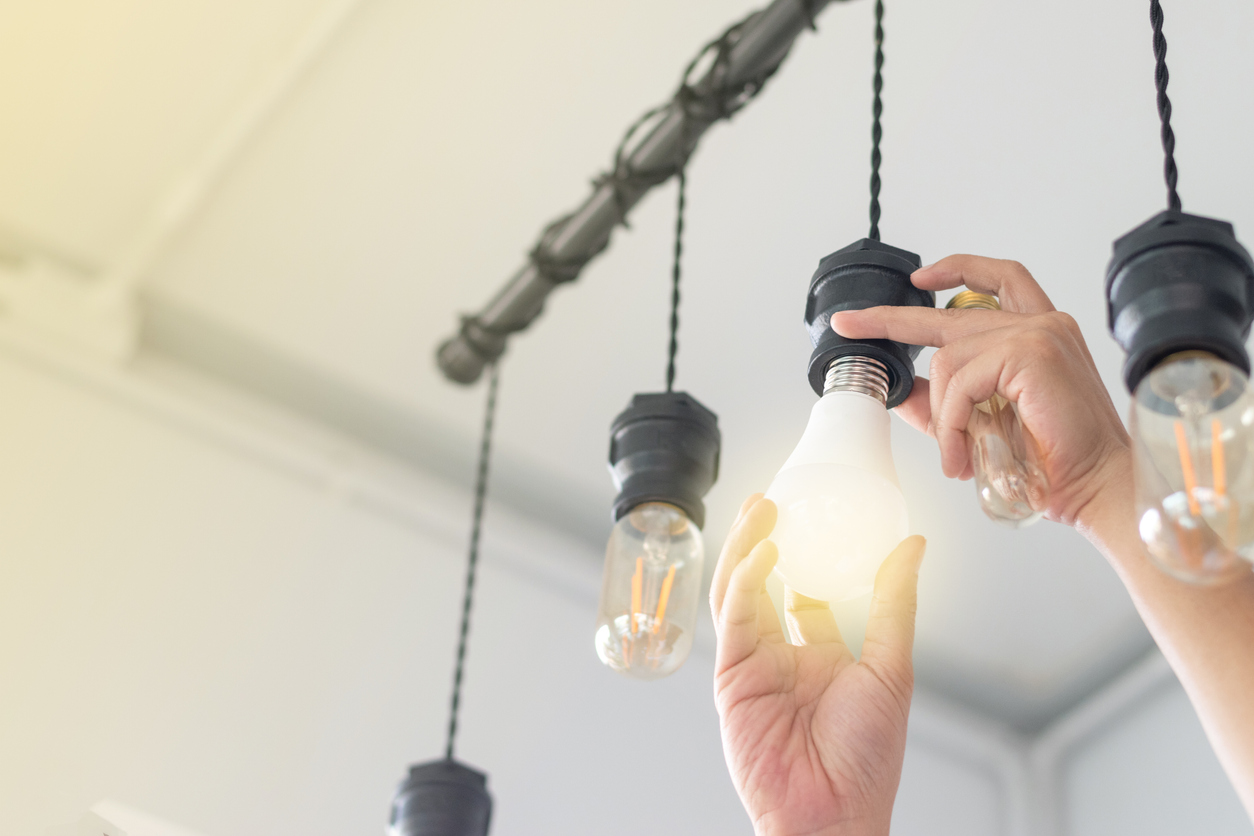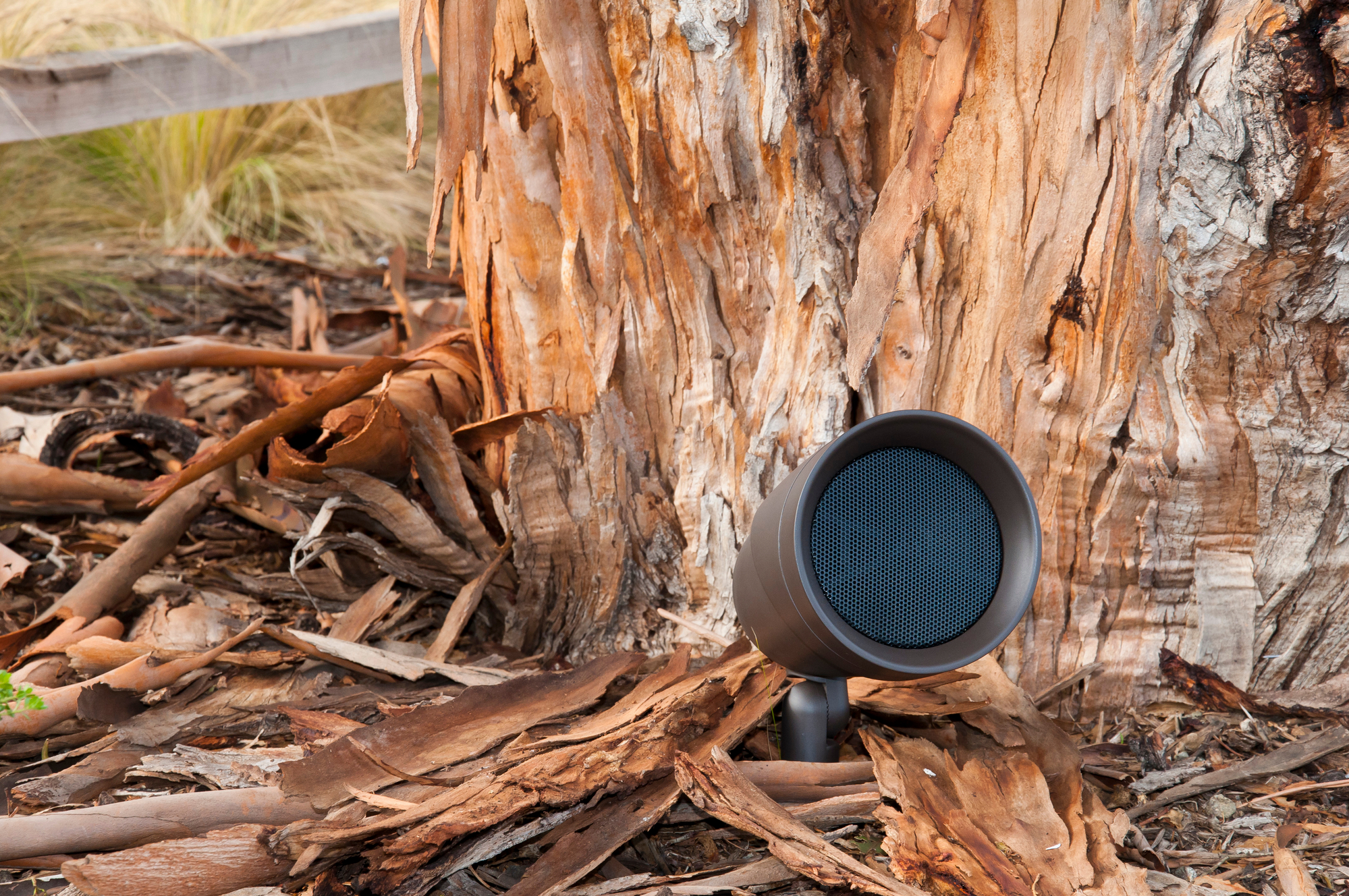The Benefits of Low Voltage Lighting
The way we wire and light our homes has been relatively consistent for over a century. Inefficient incandescent bulbs and high-voltage wiring has been the standard, with little meaningful advancement, until recently. As LED technology has improved in quality, aesthetic, and form factor, things have started to move away from the high-power, low-efficiency methods of lighting a home to a cleaner, greener, low-voltage standard.
Many people might not know the difference between these two lighting systems – so this week on the blog, our experts at AV Design Consultants tackle the difference between low and high voltage systems, and look at whether we need to transport so much electrical power to the fixtures throughout our homes.
High Voltage
In a traditional home or commercial electrical system, a licensed electrician runs heavy duty cabling to the lights, outlets, and appliances in your home. High-voltage cabling, often referred to as Romex (a brand name), is thick, stiff, and difficult to work with. Not only that, but if it’s compromised or overloaded, it can heat up and become a safety concern.
Society has moved towards -- and in some cases, mandated the use of -- more energy efficient technologies like LED lighting. LED is a much more efficient technology for producing light than the traditional incandescent bulb. Part of the reason that incandescent bulbs require so much power is because only 10 percent of that power is turned into light -- the rest is wasted as heat.
LED doesn’t have that problem. It converts 80 percent of its received energy to light, meaning you get much more light output from a lot less power. This also plays a big part in allowing LEDs to last tens of thousands of hours, as opposed to incandescent bulbs which die out relatively quickly.
The Advantages of LED
A low-voltage lighting system is a much more sensible approach to leveraging the advantages of LED lighting. Rather than every LED bulb or fixture having to have its own individual transformer, a centralized set of transformers is installed at the electrical head end point.
This allows your contractor to run low-voltage cabling like Cat6 -- the same kind of cable that connects your computer or smart TV to your internet -- to all of your lighting fixtures. This means a simpler installation for the contractor, and a safer and more reliable system for you as the end user.

The advantages of a low voltage lighting system don’t stop at efficiency, longevity, and safety. Some of the systems available today allow for much greater degrees of control than previously available. Individual load control – as opposed to having to control a zone of lights together --and the ability to change the color of the lighting are becoming more common.
Healthy Advantages
When people think of color changing lights, they sometimes write it off as a fun gimmick. While that can be the case, the ability to change the color temperature of your lighting dynamically throughout the day has proven to provide health and wellness benefits that we’ve only recently come to understand and appreciate.
The human body has a biological clock called its circadian rhythm. Your circadian rhythm tells your body when to produce or suppress a hormone called melatonin, which helps dictate your sleep/wake cycle. Our bodies still regulate this by keying in on the changing color temperature of sunlight throughout the day.
Over the last century and a half, humans have been unknowingly short-circuiting our sleep/wake cycle thanks to the introduction of artificial light. This can contribute to issues including insomnia, lack of focus, stress, and even depression. A lighting system that has the ability to actively tune the lighting color temperature of your home environment throughout the day in a way that matches the natural light from the sun can have significant wellness benefits.
It’s really not a matter of “if” low-voltage lighting is going to be the standard moving forward or not -- it’s here and it’s happening. While some might be resistant to the inevitable change, the upsides of low-voltage systems are too numerous for the change not to happen.
If you are looking to bring low voltage lighting – and its many benefits – to your home, give us a call at 479-365-2201 today! One of our team members will be glad to help you out, no matter what type of lighting project you are planning.
When you subscribe to the blog, we will send you an e-mail when there are new updates on the site so you wouldn't miss them.





